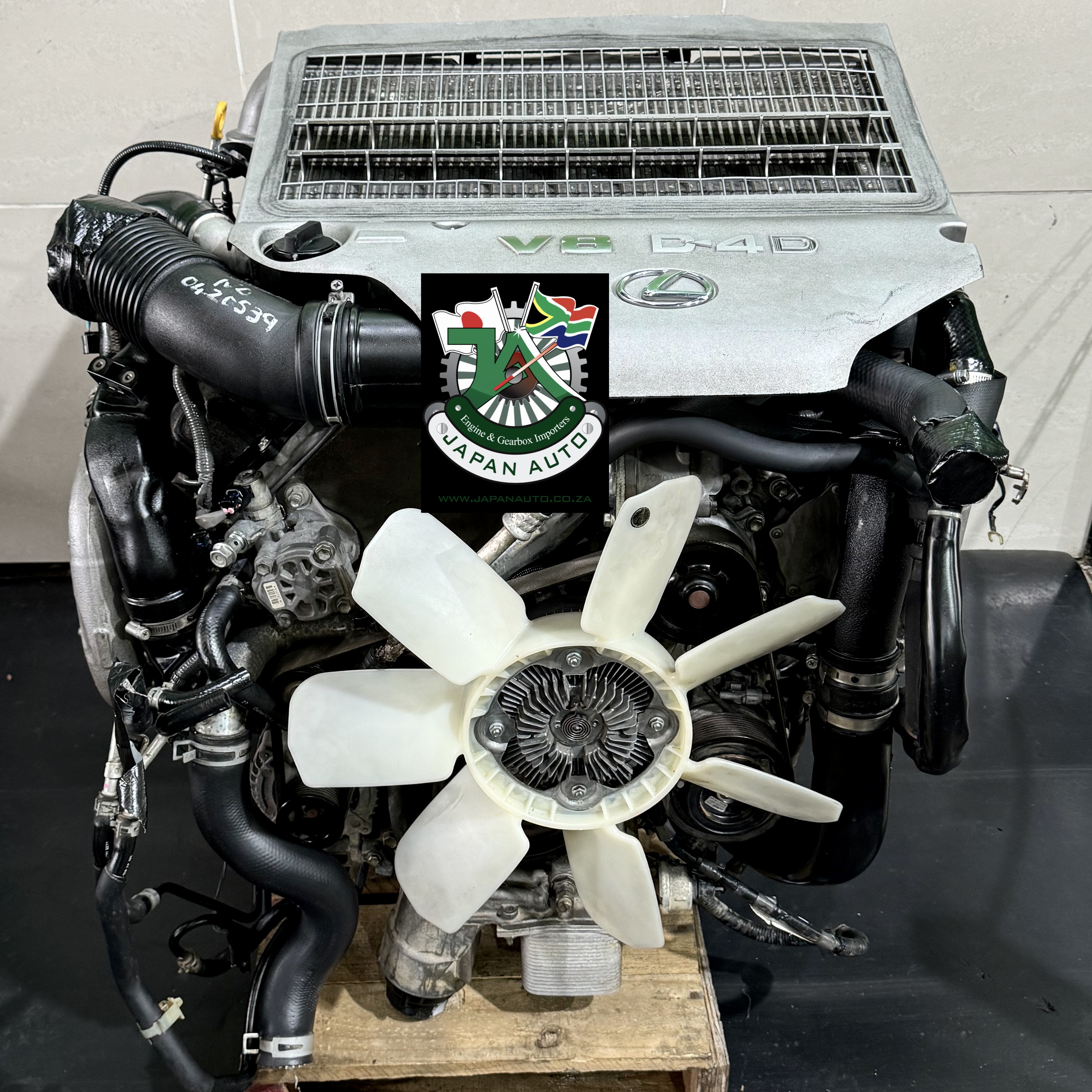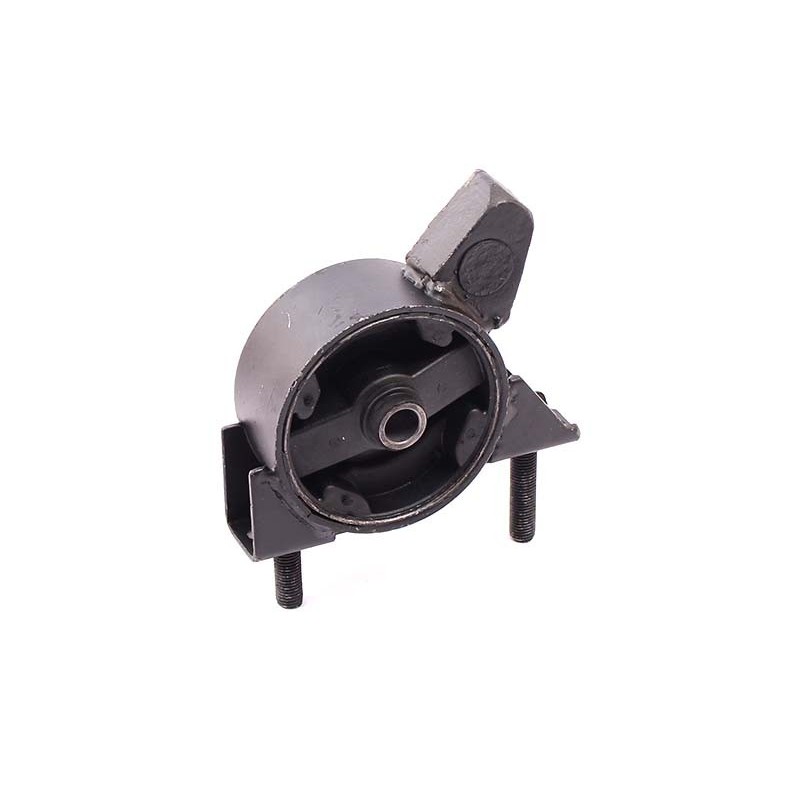Toyota Tazz: A Reliable and Affordable Compact Car for Everyday Use
Toyota Tazz: A Reliable and Affordable Compact Car for Everyday Use
Blog Article
Check Out the Latest Trends in Engine Innovation With Tazz
In the swiftly evolving landscape of auto technology, Tazz stands at the leading edge, highlighting substantial innovations in engine systems that focus on both development and sustainability. tazz. From hybrid engines that optimize gas efficiency to the emergence of hydrogen gas cells, the patterns shaping contemporary powertrains are not just boosting efficiency but likewise addressing vital environmental difficulties. As the industry remains to press limits, it is important to take into consideration exactly how these developments will certainly affect future transport options and the more comprehensive ramifications for international energy usage. What exists ahead in this pivotal makeover?
Hybrid Engine Innovations
Crossbreed engine technologies represent a pivotal shift in auto technology, integrating the advantages of inner combustion engines with electric propulsion systems. This combination not just enhances gas effectiveness yet likewise lowers discharges, conference increasingly strict ecological regulations. By using both power resources, hybrid engines can optimize efficiency, supplying power when required while preserving gas throughout much less demanding motoring conditions.
Recent advancements in hybrid technology include enhancements in battery effectiveness and regenerative stopping systems. These technologies enable better power recovery during deceleration, which can be redirected to assist in acceleration or power accessory systems. Furthermore, makers are concentrating on light-weight materials and compact styles to make the most of the effectiveness of crossbreed powertrains.
The development of plug-in crossbreeds has likewise broadened the market, allowing chauffeurs to charge their cars using common electric outlets. This function frequently enables substantial all-electric array, additional reducing reliance on typical gas. tazz. As the auto market continues to evolve, hybrid engine technologies are expected to play a critical function in connecting the gap in between conventional automobiles and totally electrical versions, supplying a transitional service that provides to diverse customer demands and preferences
Advances in Electric Powertrains
The auto landscape is rapidly developing, with electrical powertrains becoming a leading force in lasting transportation. Advances in electrical vehicle (EV) innovation are dramatically improving performance, efficiency, and customer experience. Secret advancements consist of improvements in battery chemistry, which have actually increased power thickness, lowered charging times, and prolonged general battery life.
Solid-state batteries, for instance, guarantee to revolutionize the market by providing higher safety and security and effectiveness compared to traditional lithium-ion cells. Improvements in regenerative braking systems are enabling automobiles to recuperate power during slowdown, adding to overall effectiveness.
In enhancement to battery technology, electrical motor layouts are becoming a lot more innovative. Technologies such as integrated electric motors and progressed thermal administration systems are helping to optimize power shipment and minimize weight, inevitably improving lorry characteristics.

Jointly, these advancements underscore the dedication to change in the direction of cleaner, extra efficient transportation options, placing electrical powertrains at the center of automotive innovation.
The Rise of Hydrogen Fuel Cells
Progressively, hydrogen fuel cells are getting traction as a feasible alternative to standard interior burning engines and battery electric lorries. This innovation uses the chemical power kept in hydrogen, transforming it right into electrical energy via an electrochemical response with oxygen. The primary byproduct of this procedure is water, making hydrogen gas cells an eco friendly choice with absolutely no emissions at the tailpipe.

Car manufacturers are progressively buying hydrogen gas cell technology, identifying its capacity for long-range applications and rapid refueling capacities that measure up to conventional fuels. Additionally, sectors such as durable transportation and public transit are particularly well-suited for hydrogen gas cells, where battery electrical options may fall short as a result of weight and range constraints.
As research study and financial investment remain to increase, hydrogen fuel cells are poised to play a significant role in the future landscape of clean transport and energy services.
Enhancements in Internal Burning Engines
Developments in internal burning engine (ICE) modern technology are transforming standard lorries to satisfy modern-day ecological standards and performance expectations. One of one of the most significant enhancements includes the integration of advanced gas shot systems. These systems optimize the air-fuel mix, boosting burning efficiency and leading to reduced exhausts. Straight fuel shot, for example, enables better atomization of fuel, bring about more complete combustion and enhanced power outcome.
Additionally, turbocharging has actually acquired prominence, permitting smaller engines to deliver higher efficiency without the weight of bigger engines - tazz. This innovation not just improves performance yet likewise adds to decrease fuel usage. Variable valve timing systems are likewise being fine-tuned, making it possible for engines to adjust to various driving problems for enhanced torque and responsiveness
Additionally, making use of lightweight materials in engine construction is becoming typical, further improving fuel effectiveness by minimizing general automobile weight. Engine control systems (ECUs) are progressively innovative, allowing real-time modifications that optimize efficiency and emissions.
These improvements collectively indicate a crucial shift in ICE innovation, lining up with global sustainability goals while still offering the efficiency vehicle drivers anticipate from their lorries. As the market progresses, these enhancements remain to form the future of conventional vehicle engineering.
Future Patterns in Engine Efficiency
Significant innovations in engine effectiveness are prepared for as suppliers concentrate on integrating sophisticated innovations to meet stringent environmental policies and consumer needs. The shift in the direction of electrification, crossbreed systems, and different fuels is improving the vehicle landscape, driving innovations that improve fuel economy and minimize emissions.
One of the key fads is the execution of innovative materials and making strategies. High-strength alloys and light-weight composites contribute to minimized car weight, therefore improving overall effectiveness. Additionally, the adoption of turbocharging and variable shutoff timing innovations enables enhanced power output from smaller sized engines, better boosting gas economic situation.

Final Thought
To conclude, the exploration of engine innovation reveals substantial advancements that prioritize sustainability and efficiency. Advancements in hybrid engine systems, electric powertrains, and hydrogen gas cells show a dedication to lowering exhausts while enhancing efficiency. Additionally, renovations in internal burning engines and an emphasis on lightweight products add to overall engine effectiveness. As useful site the automotive market continues to advance, these patterns will play an essential function fit a cleaner and more lasting future for transport.
From hybrid engines that optimize gas efficiency to the development of hydrogen fuel cells, the trends shaping contemporary powertrains are not just boosting efficiency but likewise addressing crucial ecological difficulties.Hybrid engine advancements represent a crucial change in auto technology, combining the benefits of inner burning engines with electrical propulsion systems.In addition, turbocharging has obtained importance, enabling smaller sized engines to supply greater efficiency without the weight of larger engines. Furthermore, the adoption of turbocharging and variable shutoff timing technologies permits for enhanced power result from smaller engines, additionally enhancing fuel economic climate.
Renovations in interior combustion engines and an emphasis on light-weight products add to general engine performance.
Report this page